Your cart is currently empty!
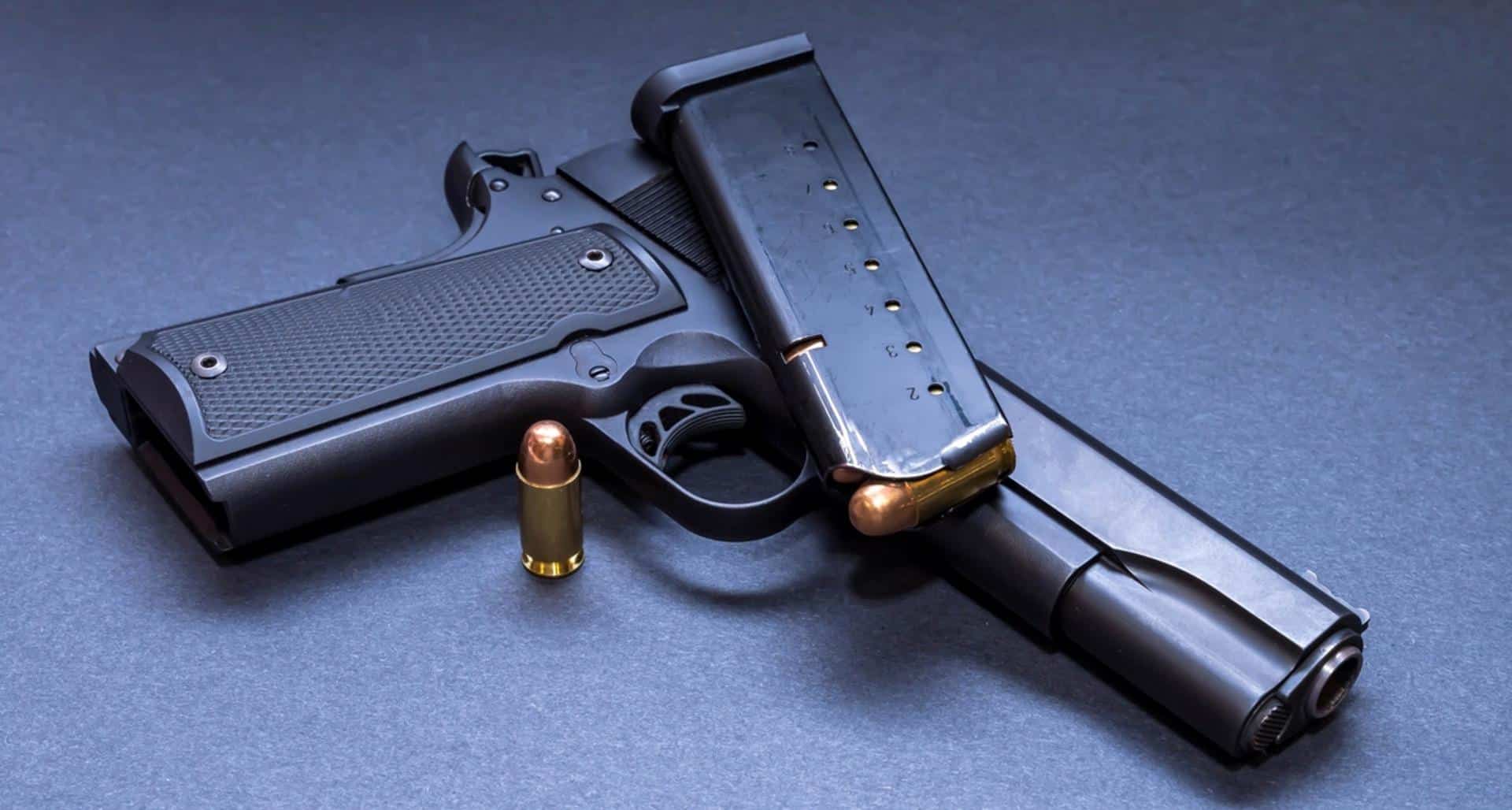
10mm vs 45 ACP: Caliber Comparison
The debate between 10mm vs .45 ACP bullets has been a topic of interest for gun enthusiasts and experts alike. This discussion is active in the world of self-defense, handgun hunting, recreational shooting, and even law enforcement agencies. Both the 10mm and .45 ACP have unique characteristics that distinguish them as bullet options.
The 10mm auto was first conceived when Jeff Cooper, a leading advocate of the 45 ACP we might add, helped design the Dornaus and Dixon Bren Ten as an alternative to the 1911. On the other hand, the .45 Automatic Colt Pistol (ACP), designed by John Browning, was designed to fit the aforementioned 1911 and has a storied history in the United States, dating all the way back to before World War I.
Deciphering what separates these two powerful bullets requires a close look at their characteristics, performance, and suitability. This comparison exercise will help shed light on the ballistics of both the 10mm and the .45 ACP, their similarities, and their differences. From characteristics such as bullet diameter, sectional density, and muzzle velocity, right down to their suitability for specific handguns.
10mm vs 45 ACP: Bullet Characteristics
A bullet’s effectiveness can be significantly impacted by its composition — the dimensions, weight, shape, and design all factor into its performance. So, let’s take a look at the main characteristics of the 10mm and .45 ACP bullets.
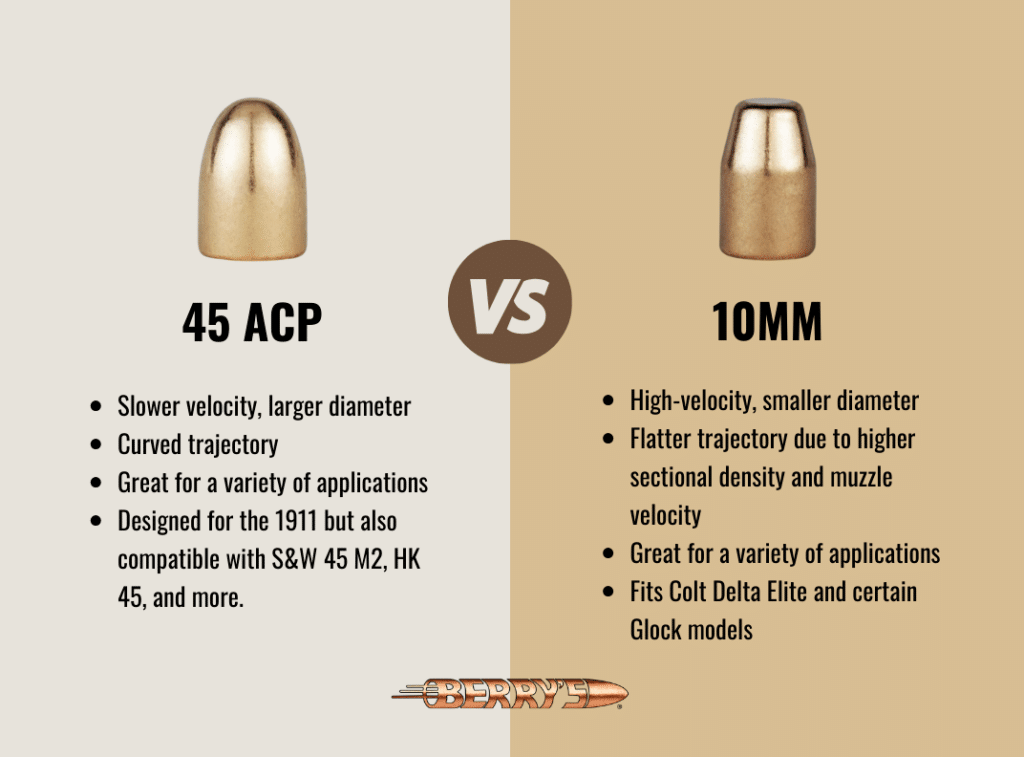
MUZZLE VELOCITY
The 10mm auto and the .45 ACP stand out as key examples of complete opposites in the realm of pistol bullets. The 10mm represents the high-capacity, high-velocity end of the spectrum with a smaller diameter. The .45 ACP, on the other hand, epitomizes the semi-auto, heavy-hitting philosophy with a larger diameter but slower velocity.
SHOOTING TRAJECTORY
Let’s also consider the shooting trajectory. Brewing right under the surface here is the concept of ‘flatter trajectory’, which simply means that the bullet maintains a straight path for a longer distance. A bullet’s ability to deliver a flatter trajectory highly depends on its sectional density and muzzle velocity. The 10mm, designed to take on more gunpowder, thus exhibits a flatter trajectory compared to .45 ACP. This superior ballistics property makes it a favorite in shooting matches and handgun hunting, where precision is paramount.
HANDGUN FIT
But it doesn’t stop there, as the design also affects how these bullets fit into different handguns. For instance, the 10mm is suitable for the Colt Delta Elite and certain Glock models, whereas the 45 ACP was specifically designed to accommodate the 1911 but also works with the S&W 45 M2, HK 45, and more. Therefore, users must consider each bullet’s suitability for various handguns when deciding between the two.
10MM: BALLISTICS
Diving deeper, a standard 10mm is a lighter 200 grain bullet, typically traveling at a higher velocity. This bullet has a sectional density that mandates a longer case to contain more gunpowder – a design aimed at providing more kinetic energy at the muzzle. The result is a bullet that holds its own in terms of power and speed – attributes that can cater to handgun hunting and self-defense as well as recreational shooting.
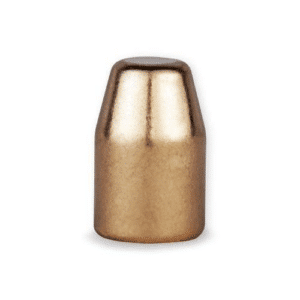
45 ACP: BALLISTICS
On the opposite side of the coin, the .45 ACP is a heavier bullet, generally weighing in at 230 grains. Unlike the 10mm, the .45 ACP embodies a philosophy of low and slow, offering less recoil impulse but higher stopping power at a close range. As a byproduct of its design, these bullets take up a larger volume but burn less powder, translating to lower pressure and velocity. Its low recoil, controllability, and inexpensive price point have landed this bullet as a favorite of law enforcement and the military as well as recreational shooters.
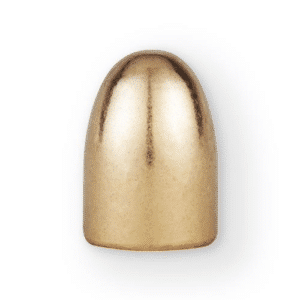
In a nutshell, on the battlefield of ballistics, the 10mm champions speed, while the .45 ACP holds its ground with deceleration and stopping power – elements that contribute to their unique applications. By now, the choice between high velocity, low recoil, or excellent stopping power should start sounding less like Greek and more like an informed decision you’re soon to make.
The Practicality of 10mm vs 45 ACP
In our quest to understand the differences between the 10mm and .45 ACP, we now shift our focus to practicality. Here, we focus on the usability of each bullet in different scenarios and factors that could affect comfort during use.
10MM VS 45 ACP: USABILITY FOR SELF DEFENSE & HANDGUN HUNTING
Starting with self-defense, both bullets have found favor. The 10mm rounds, with their high muzzle velocity, promise effective stopping power when faced with unforeseen threats, making them a reliable choice for personal defense. Notably, the 10mm was briefly used by FBI agents before the switch to the .40 S&W, highlighting its effectiveness as a defense caliber. The .45 ACP, due to its weight and slower speed, tends to produce substantial stopping power at close range without the recoil kick, thus also making it an attractive option for self-defense. Beyond self-defense, handgun hunting is also an arena where the 10mm shines due to its impressive ballistics and power. Again, its flatter trajectory and higher velocity contribute to a powerful bullet that can take down game in one clean shot.
10MM VS 45 ACP: USABILITY FOR RECREATIONAL SHOOTING
Moving over to recreational shooting, both bullets offer unique perks. For the hands-on shooter who enjoys the feeling of a stronger recoil and doesn’t mind the extra barrel length, the 10mm auto might be a better choice. However, for those who prefer a more padded shooting experience with less kick and recoil, the .45 ACP would be the better option. The .45 ACP’s lower recoil also makes it a more forgiving option for beginners just hitting the range for the first time or those with a smaller stature.
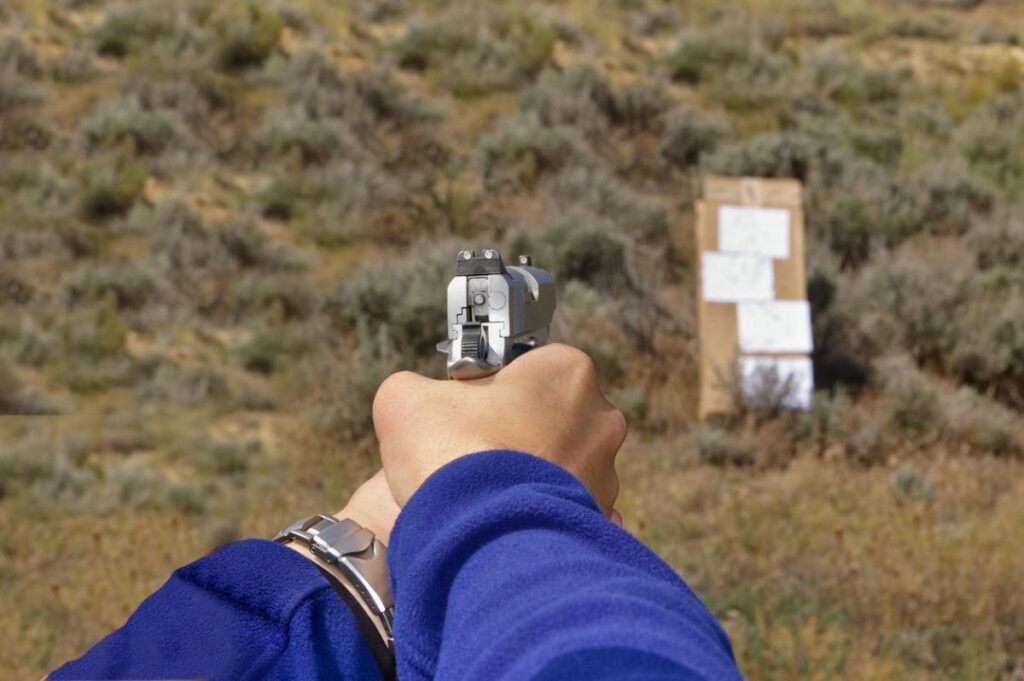
Making a Decision Between the Two Calibers
Drawing to a close on our exploration of the 10mm Auto vs .45 ACP debate, we’ve unpacked the bullet characteristics, practical aspects, and ballistics of these two versatile bullets. We hope you now appreciate the unique attributes each one of these rounds brings to the fore.
The purpose of this exploration was not necessarily to crown one as superior to the other. Instead, it was to provide you with the necessary information that will guide you in making an informed decision. Whether you choose the 10mm for its high muzzle velocity, flatter trajectory, and suitability for hunting and self-defense, or the .45 ACP for its low price point, low recoil, and user-friendliness for recreational shooting is ultimately a matter of personal preference.
In the end, the 10mm vs .45 ACP debate might be less about determining a winner and more about recognizing their unique strengths. Each bullet has proven its worth in different applications time and again, carving a niche for itself in the books of firearm history. We hope that this exploration has brought you a step closer to finding the ‘better choice’ for your specific needs.
HOW BERRY’S BULLETS CAN HELP
However, remember – regardless of whether you pick the 10mm or .45 ACP, the availability and quality of ammunition play a crucial role in your shooting experience. In this respect, Berry’s Bullets, with over 60 years of experience in bullet production, has you covered with both 10mm and .45 ACP options in our catalog. Our commitment to precision and consistency is backed by generations of satisfied customers.
